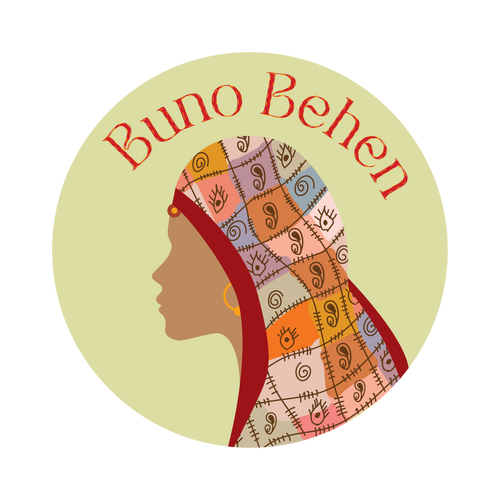We Are Evolving
Good things take time, we are coming up with new services, synergies and more!
You can still shop with us!
PS: 10% welcome discount is also valid on our Etsy Store
Patterns Of Life
This limited-edition collection is an embodiment of connections - east and west, crafts and community, reimagination and regeneration.
Made from upcycled handcrafted fabrics; each silhouette harnesses the sagesse of tradition for a style of today each piece is a story to told you own way!
Let Us Help You Build Your Artisanal Brand
Our co-design programme is designed for conscious entrepreneurs wanting to work with craft community in India








